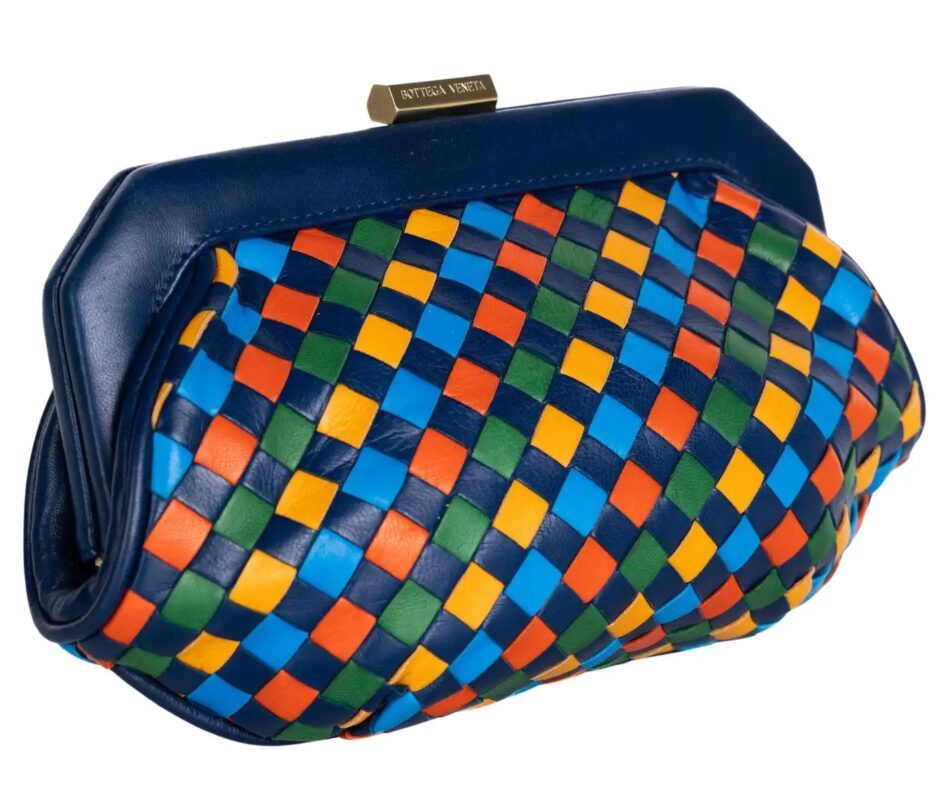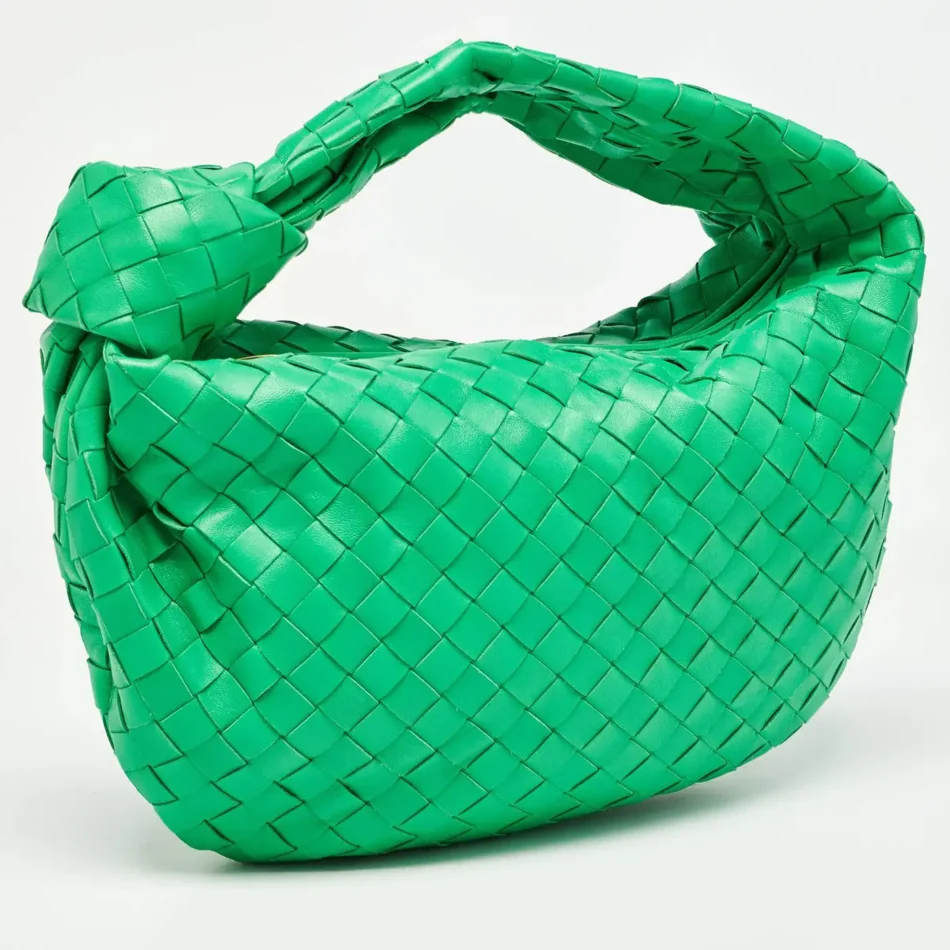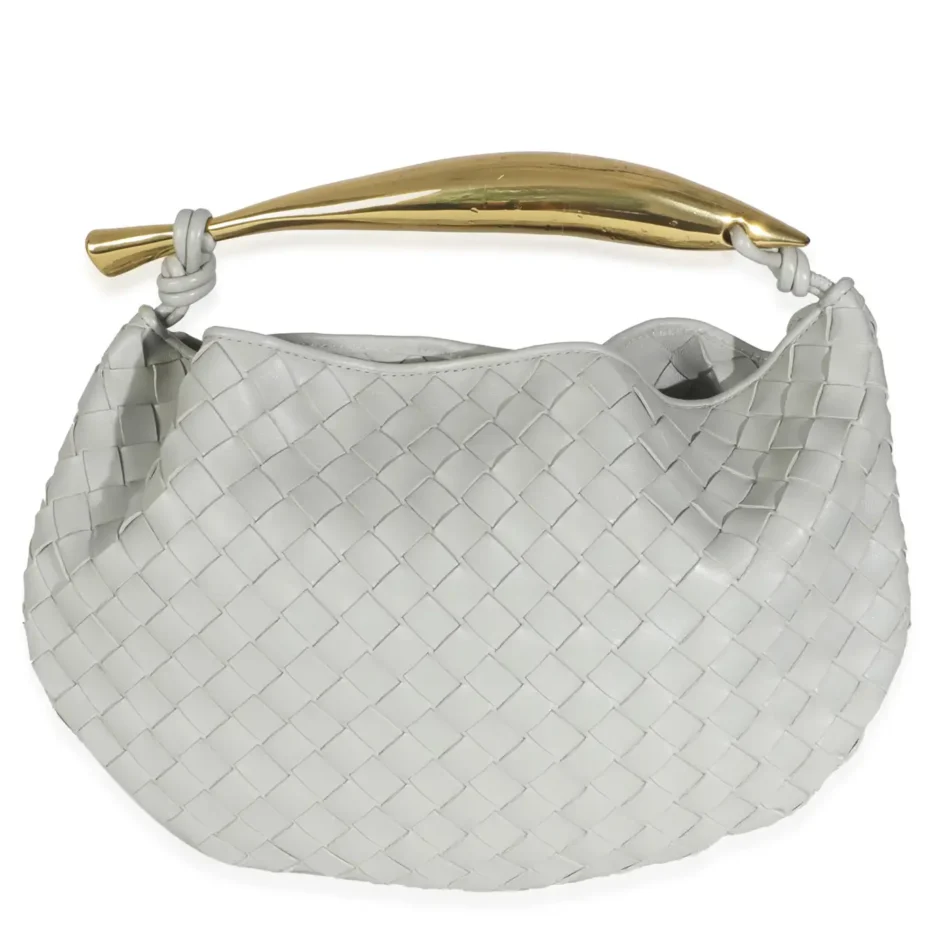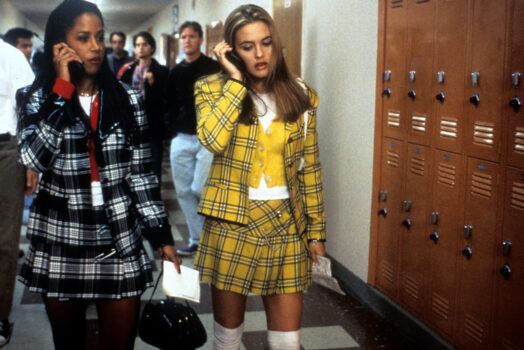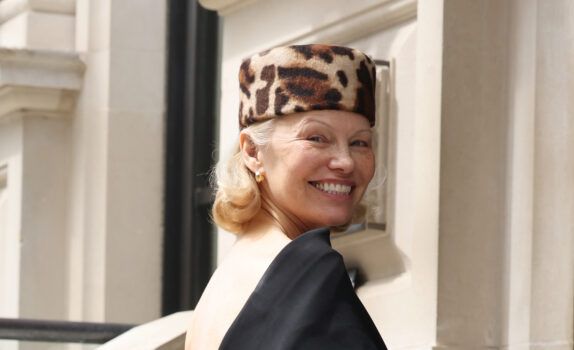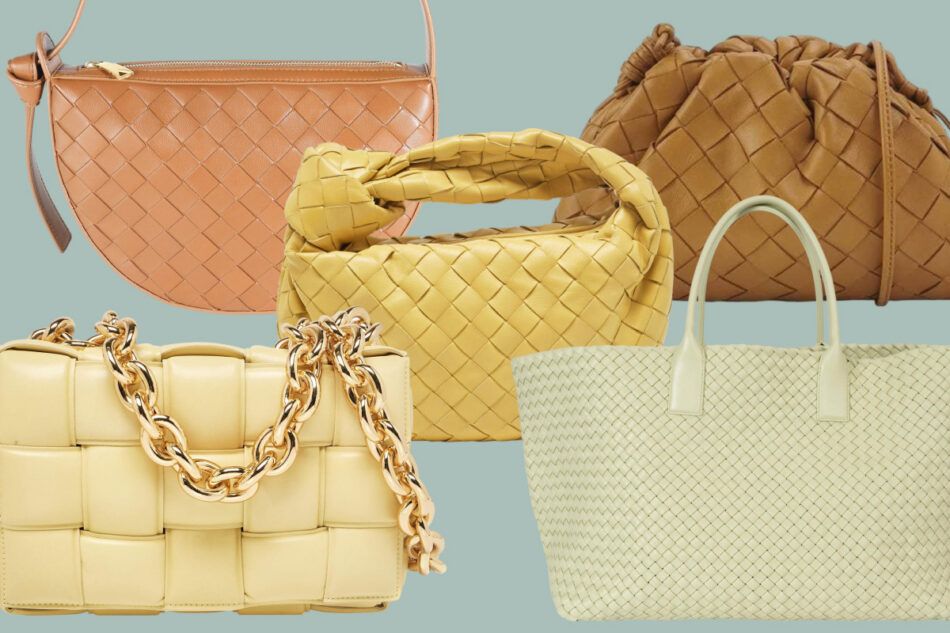
Luxury fashion houses are often known for their signature silhouettes. Many, however, have also reshaped our understanding of texture — not just as expressed through materials or techniques but as a fundamental aspect of design. This tactile focus invites us to touch, feel and engage with items on an intimate level, aligning the craft of fashion with a richly sensorial experience. While Chanel is inseparable from bouclé tweed, Prada from sleek nylon and Issey Miyake from pleats, Bottega Veneta is perhaps even more intimately associated with the artisanal leather-weaving technique “intrecciato” (pronounced in-trey-chah-toh).
Celebrating its 50th anniversary this year, the intrecciato technique, created by artisans working while standing up, creates a distinctive, richly textured, crosshatched weave that has become a defining emblem of Bottega Veneta’s craftsmanship.
Intrecciato’s Origins
Intrecciato was conceived as a practical solution to a technical challenge. When Bottega Veneta founders Michele Taddei and Renzo Zengiaro established their leather-goods atelier in the town of Vicenza, in Italy’s Veneto region, in 1966, locally sourced sewing machines could not handle the thick leather hides typically used in handbag production.
Instead, artisans worked with thin, supple nappa leather, which was easier to manipulate. Over time, they developed a process of interlacing delicate strips of this material by hand, creating sculptural shapes that were not only stronger and more durable but also retained their soft, fluid character.
It was Michele Taddei’s ex-wife, Laura Braggion, to whom he entrusted the business, and her second husband, Vittorio Moltedo, who made Bottega Veneta a globally recognized brand in the early 1970s. Together, they opened the house’s first New York store, on Madison Avenue, in 1972, followed by a boutique on Rodeo Drive in Beverly Hills in 1979. Driving the business’s momentum was their belief that luxury design should be experimental. Speaking to the New York Times in 1979, Moltedo said, “We have a quality product which we offer in great depth. For example, we have fifty-five styles of women’s bags in ten colors. If a woman comes in and wants to see a clutch, we can offer her ninety or fifty to choose from.”
Bottega Veneta in Pop Culture
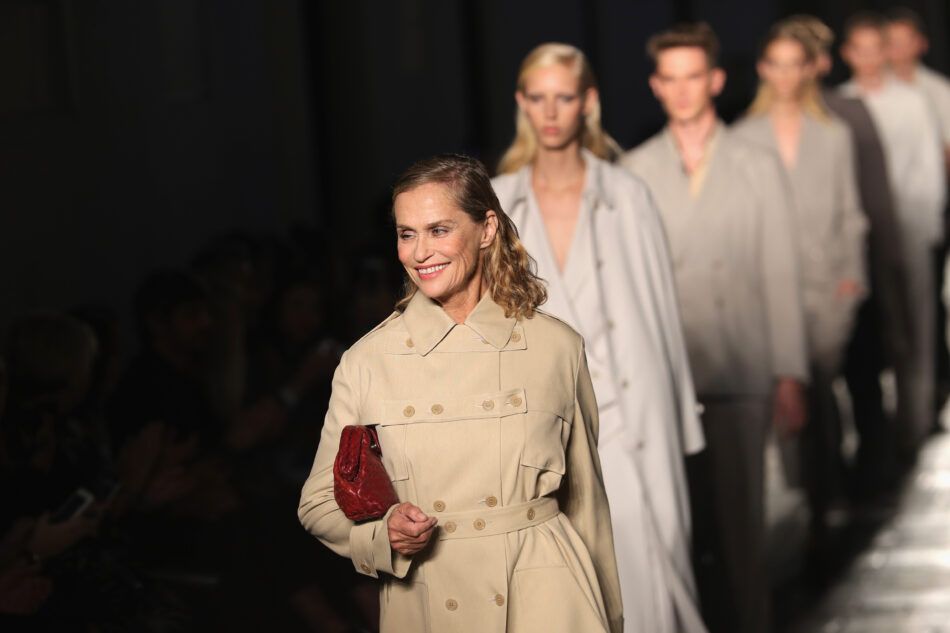
For most of us, intrecciato is most closely associated with Bottega Veneta’s sophisticated handbags, crafted by weaving leather strips — known as “fettucce,” much like the pasta — into a leather base or around a wooden frame, creating an interlocking pattern that forms a solid structure from the bottom up. These pieces gained fame through two cultural icons. One was Lauren Hutton, who appeared in the 1980 film American Gigolo with a red woven Bottega Veneta clutch. The silhouette, reinvented in 2017 by the house’s then creative director Tomas Maier, is now known as the Lauren, and the actress even walked in Bottega Veneta’s Spring/Summer 2017 runway show carrying her namesake bag in red. The other icon is Andy Warhol, who designed a memorable two-page campaign for the house in the December 1978 issue of Interview magazine. The ad featured a relaxed black intrecciato tote beneath the now famous tagline “When Your Own Initials Are Enough.” This has served as a mantra over the decades, epitomizing Bottega Veneta’s discreet, logo-free approach to luxury.
Maier designed such other notable Bottega Veneta pieces as the Knot bag and the Cabat, both introduced in 2001 — the same year Gucci Group (now Kering) acquired the company. He can be credited with reshaping Bottega Veneta into what fashion editors, after the company almost went bankrupt in the 1990s, coined a “stealth wealth” brand, with handbags and accessories that embraced structural innovation but eschewed Y2K logomania.
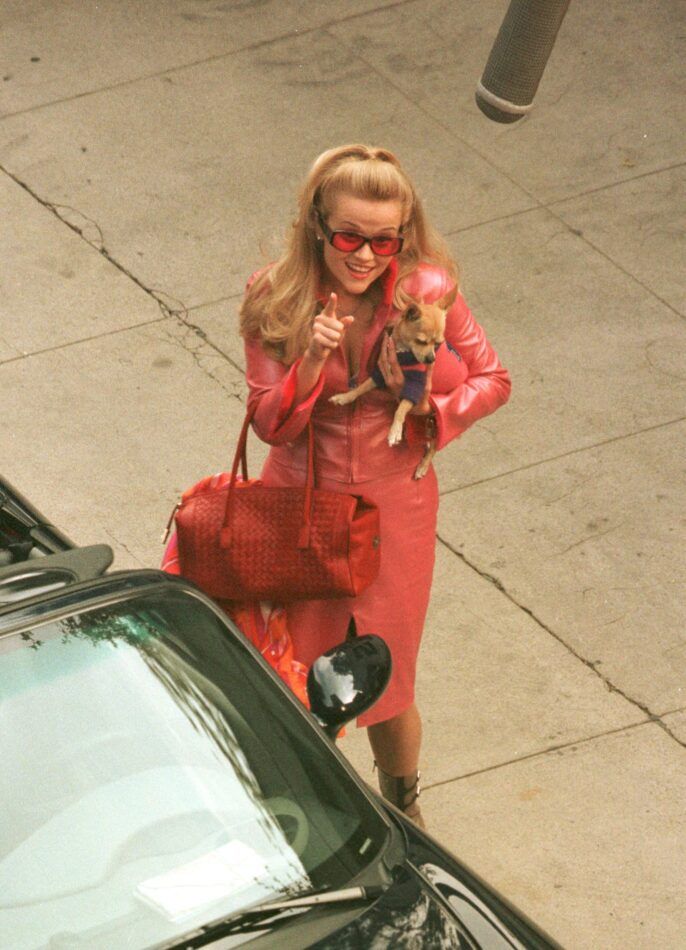
Bottega Veneta thus positioned itself as a prestige fashion label for those in the know. Popular culture embraced these design principles. For instance, Sophie de Rakoff, the costume designer of 2001 hit film Legally Blonde, selected a cherry-toned intrecciato Montaigne bag for Reese Witherspoon’s Elle Woods. It reflected Woods’s personality perfectly: bold, confident and quietly complex.
Before long, intrecciato handbags had recaptured their 1980s allure as emblems of elegance and savoir-faire sported by discerning tastemakers and accomplished professionals. In the 2004 thriller Collateral, Jamie Foxx’s character, a taxi driver caught in a high-stakes crime spree, recognizes a passenger (Jada Pinkett Smith) as a power player by her “elegant, not too flashy” skirt suit and her purse, “a classic Bottega,” unmistakable in its understated luxury.
Fresh Takes on the Intrecciato
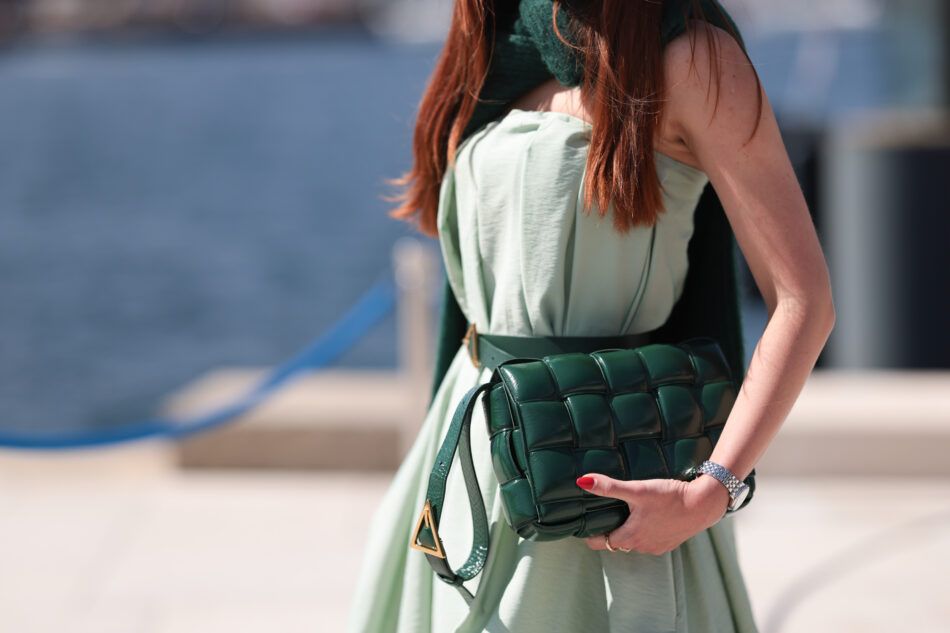
The intrecciato weave has evolved with the times, spawning a multitude of creatively reconfigured interpretations. The intrecciato effiloché, for example, has a distressed look thanks to a layer of frayed topstitching, while the 2024 Kalimero Città bag has loose, rope-like knotting produced via the foulard weaving technique, in which soft calf leather fettucce are gently pinched for a ruched effect.
Since 2013, such experiments have been perfected at Bottega Veneta’s state-of-the-art atelier, housed in a historic 18th-century villa in Montebello Vicentino, in northern Italy. It was here that the boxy Cassette shoulder bag was produced in 2019, designed by Daniel Lee (now at Burberry), who succeeded Maier as creative director. Still a bestseller, it features oversize padded leather strips arranged in a checkerboard pattern, offering a plumped-up version of the interlacing motif.
As a nod to his Irish roots, Lee championed a vibrant apple-green color throughout his collection, which is often referred to as “Bottega Green,” though the official color name on products is “Parakeet.” He also adapted the chunky weave to footwear, creating the square-toe Lido sandals, which swiftly became a runaway success. Coveted by celebrities and fashion influencers, it has long waiting lists of aspiring buyers and is frequently out of stock online. Then there’s Lee’s popular Jodie bag, whose rounded hobo shape and large knot on the handle set up a contrast between the intrecciato’s flow and lightness and the knot’s dramatic tension, as if to highlight the craft of weaving, which requires hours of focused concentration and manual dexterity.
Indeed, intrecciato has served as inspiration for a line of Bottega designers — a jumping-off point for their own creative interpretations. Most recently, Matthieu Blazy, the house’s creative director from 2021 to 2024 (and now Chanel‘s creative director), introduced the nautical-inflected Sardine bag, cleverly fusing the soft pliability of intrecciato with a sculptural polished-brass handle shaped like a darting fish — an homage to Veneto’s regional cuisine and a celebration of the leather’s wave-like fluidity and vitality.
Honoring 50 Years of Design
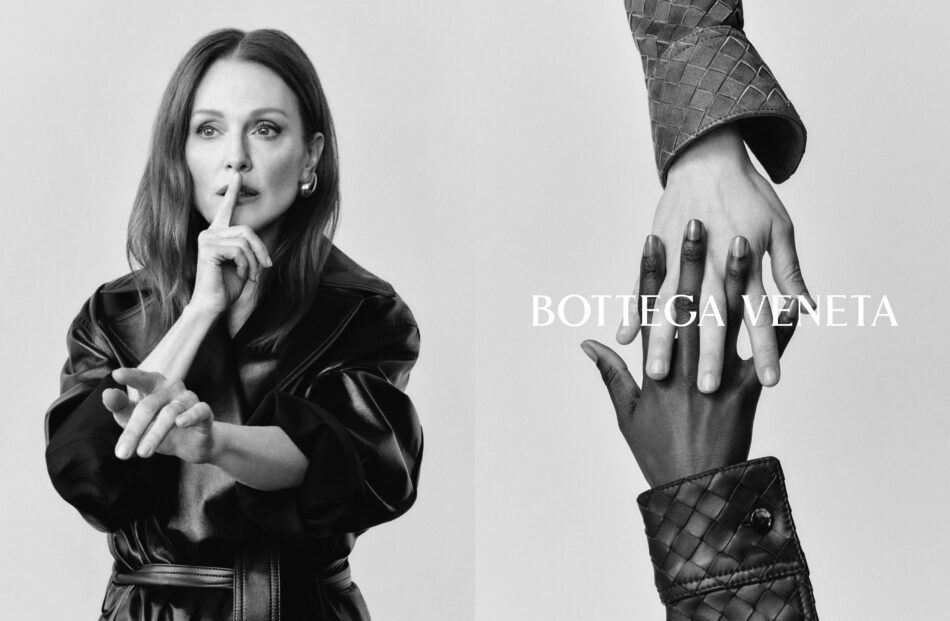
Bottega Veneta’s 2025 campaign — titled “Craft is our Language” and shot by London-based portrait photographer Jack Davison and choreographed by Greek dancer/performance artist Lenio Kaklea — celebrates the five-decade heritage of the iconic intrecciato weave within the storied brand’s history. It masterfully employs hands as a central metaphor — linked, pointing and delicately forming hearts — symbolizing interconnectedness, exchange and collaboration. In this way, it captures the true essence of intrecciato, which means “intertwined” in English.
These expressive gestures are paired with striking black-and-white portraits of luminaries from diverse fields, including author Zadie Smith, recording artist and producer Tyler Okonma (Tyler the Creator) and actors Julianne Moore and, of course, Lauren Hutton. The resulting juxtaposition underscores the house’s commitment to craftsmanship and community. It also reminds us that, at Bottega Veneta, luxury is rooted in subtlety and quiet confidence. It remains to be seen what captivating intrecciato textures newly installed creative director Louise Trotter will knot together in her upcoming collections.
